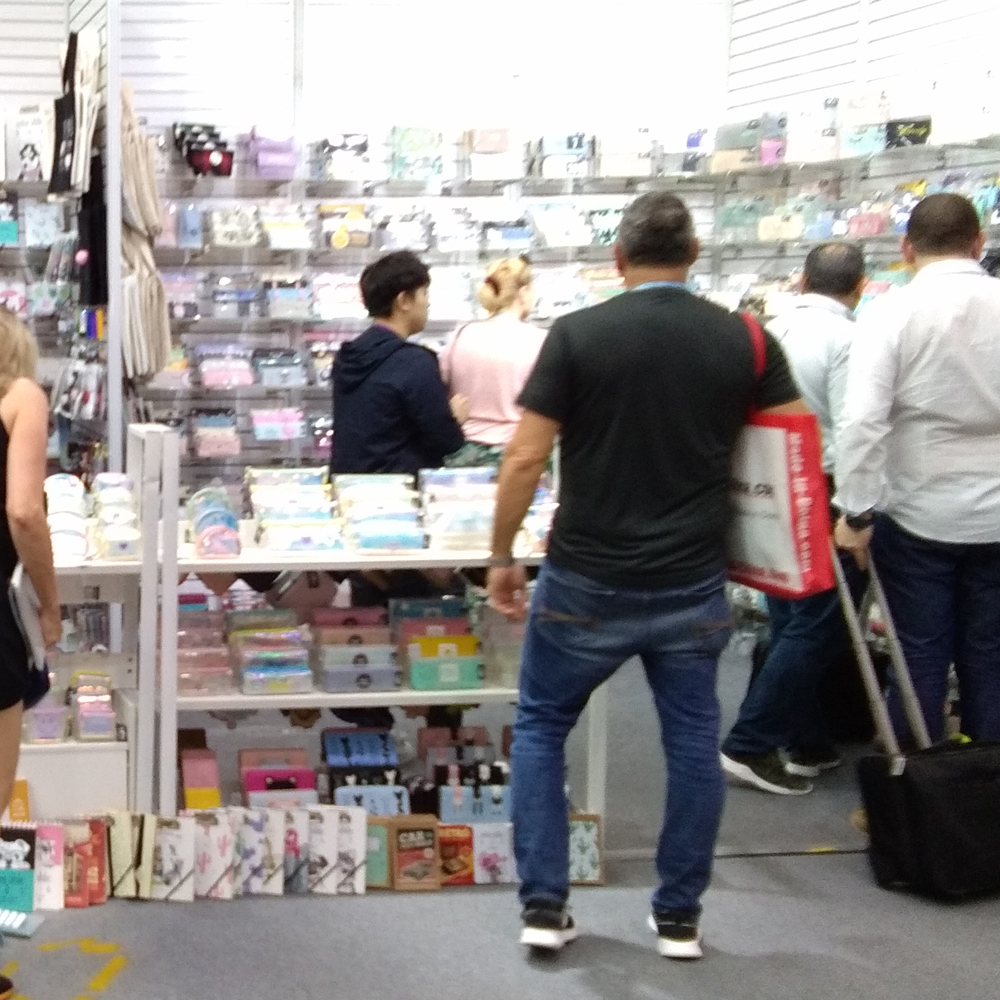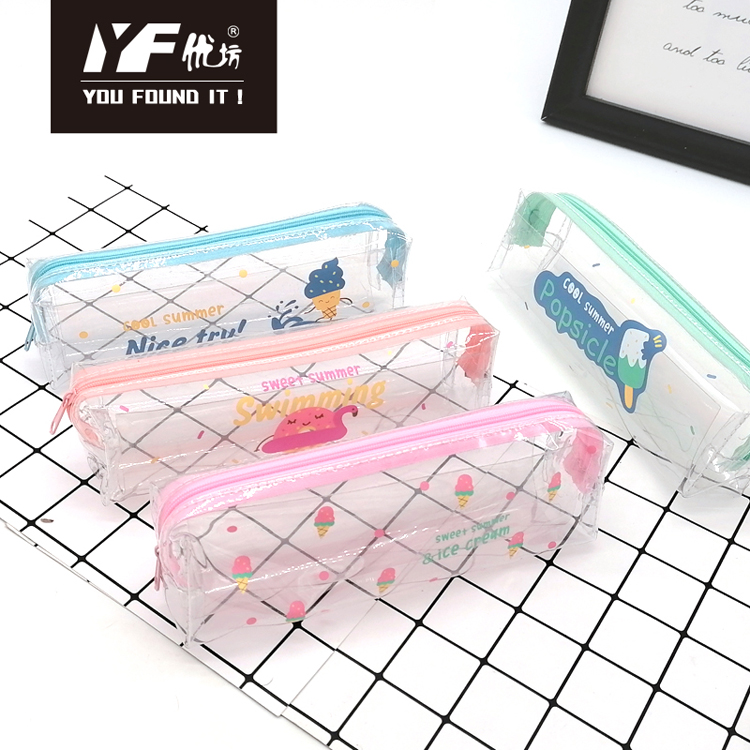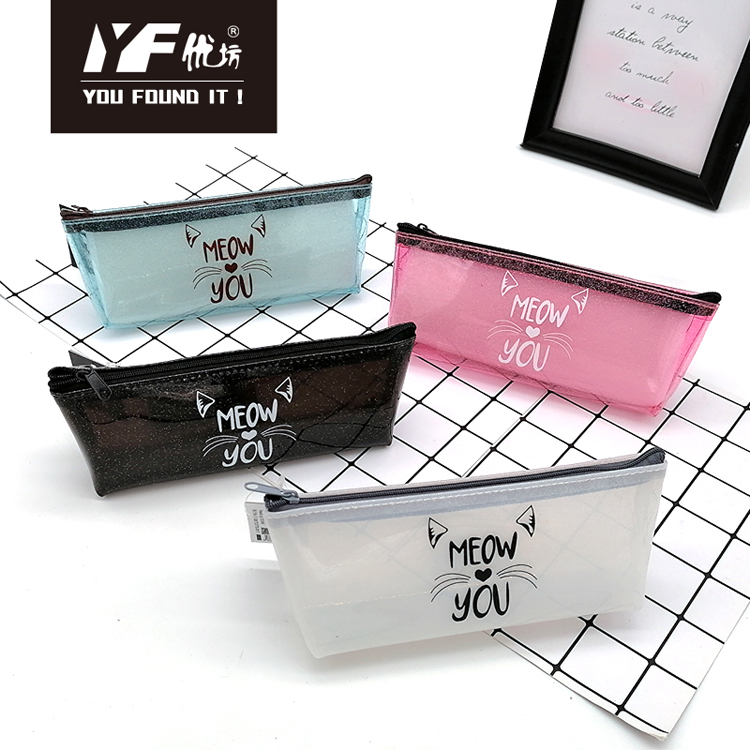Talking about the Transformation of Modern Design and the Discard of Decoration (I)
Since the birth of human art, there has been no such thing as "decoration". The human art origin and the original decoration have some kind of inalienable relationship. The famous art history scholar Wolflin thinks that "the history of art is mainly a decoration history." Decoration in the primitive society is the aesthetic core of the art created by people. Various colored pottery patterns become specimens of various decorative and formal beauty. In his preface to the second edition of his book “The Sense of Orderâ€, Gombrich wrote this sentence: “Boldly, my purpose is to explain. The book's “psychological study of decorative arts†announced in the subtitle is In order to establish and test the theory claimed in the main title: there is a sense of 'order feeling' that is present in all design styles, and I believe that its roots are in the human's 'genetic inheritance'." (2) Modern design is a product of industrial civilization. Modern design is an art activity that provides services for modern people and the modern economy and modern society. In the process of designing modern sports, there are some important design movements. Each of these design movements has a certain relationship with the decoration. Either the use of decorations or the abandonment of decorations is largely a new development in the modern design around the ornament. First, the use of decoration in the early stages of modern design (1) "Novice Arts and Crafts Movement" and Decoration From the industrial revolution in the 18th century to the late 19th century, industrial technology changed the way people lived, and product design evolved in this transformation and chaos. People have strong attachments to the forms and styles of old products in their living habits and psychology. This is reflected in the design's appearance as a decorative feature and the emphasis on traditional decorative tastes. The contradiction between the requirements for decoration and machinery production inevitably arises. Many designers are reluctant to participate in the design of industrial products. Most industrial products unilaterally pursue standardization and mass production. However, the products themselves ignore the factors of decorative beauty and formal beauty. They are rough and ugly, and they are aesthetically pleasing and styling. not tall. In 1851, at the World Industrial Fair held in Hyde Park, London, England, some contradictions were exposed. Exhibits are mostly industrial products, rough appearance. Many products are decorated with nondescript patterns, and they want to make up for the ugliness of their forms. But it turns out that the result is even worse. Therefore, a group of insightful men led by John Ruskin and William Morris conducted a design style reform campaign called the “Novice Arts and Crafts Movementâ€, advocating that artists enter into life, combining art and technology, Create works that are understood and accepted by the general public. It opposes the Victorian ethos, advocates the simple decoration of the Middle Ages, and absorbs Japanese decoration. It draws material from nature and creates a new design style. This is a valuable exploration. Its influence has spread across many countries in Europe, making the "New Art Movement" flourish in Europe. In this sense, the “Novice Arts and Crafts Movement†advocates refined and rational design with new decorations against the pretense, and preserves handicrafts, which has an important influence on the formation of modern design ideas. (2) "New Art Movement" and Decoration Under the influence of the British “Novice Arts and Crafts Movementâ€, in the late 19th and early 20th centuries, large-scale and influential “New Art Movements†were produced and developed in Europe and the United States. They were embodied in architecture, furniture, industrial products, and clothing. There is also a new style of design and artistic appearance within the purely artistic fields such as jewelry, book illustrations, and even sculptures and paintings. It involved more than a dozen countries and regions such as France, the Netherlands, Belgium, Spain, and the United States. It was not until about 1910 that it was gradually replaced by the "Decorative Art Movement" and the "Modernist Movement." This movement opposes the style of pretense and advocates returning to nature. It has greatly promoted the use of patterns in the design of plants and animals to create an aesthetic style of decoration. The French furniture designer Samuel Bin opened a studio and design office called "Art Nouveau" in 1895, advocating designers to create new styles. In 1900, they exhibited the furniture of the "Art Nouveau" and achieved great success. The name "New Art" has spread since then. The works exhibited have a strong tendency toward naturalism, imitating plant morphology and structure. This is consistent with Samuel Bin's slogan of "go back to nature." The "Art Nouveau" created a very special decorative style. “From Henri van der Verde's interior, to the design of the Paris subway entrance in Kimad, from the architecture of Anthony Gotti, to the large posters of Muka, there has never been any non-historicism. The new decorative style explores power." (3) This design movement uses a combination of decorative and naturalistic styles to combine arts and crafts with product design, creating a typical design style at the turn of the 19th and 20th centuries, becoming the era of modernism approaching soon. The prelude. (3) "Decorative Art" Movement and Decoration The "Decorative Art" movement was a design movement launched in France, Britain, and the United States in the 20th and 30s of the 20th century. It coincided with the modernist movement in Europe and had a certain influence on each other. As modernization and industrialization have gradually changed people’s way of life, artists have also sought to find a new type of decoration that adapts the product form to the features of modern life. In 1925, a large-scale exhibition "Decorative Art Exhibition" was held in Paris. This exhibition showed people the architectural and decorative styles after the "New Art" movement. It was a reaction to the "New Art" movement's pretense in thought and form. Against classicism and naturalism and simple handicraft forms, and advocating the beauty of machinery, from the perspective of the development of modern design, it has a positive sense of the times. The "Decorative Art" movement is not simply a style-style movement. It is still largely a traditional design movement. That is to replace the old decoration with new decoration, its main contribution is to display modern content in the shape and color, showing the characteristics of the times. Whether it is the “Novice Arts and Crafts†movement, the “New Art†movement, or the “Decorative Art†movement, they are all starting from the decoration to develop new, reasonable and complete design styles, and thus extend the art of “decorationâ€. value. Among these, the affirmation and promotion of decoration directly form the driving force for the reform of modern design.
The PVC Pencil Case can be used to hold pens or other small stationery, which is more convenient to carry than pencil case, more comfortable to handle, and easy to clean. It can pack as many things as possible in the smallest space, which is very popular among students and office workers. , can also be used as a Storage Bag, is a multi-purpose storage supplies.
Jilin Y.F. Imp & Exp Co., Ltd is an exporter and manufacturer (Cang nan Y.F. Stationery & Gift Co., Ltd.)in Creative products, such as Backpack ,Shoulder Bag,Pencil Case, Handbag,Multifunctional Bag. Coin Purse .Cosmetic Bag.Storage bags. File Holder .Canvas handbag and Notebook etc. which is a professional stationery company setting research and development, producing, sales and trade into one. Our company always takes quality, service, efficiency and innovation as our management philosophy. Since our brand Y.F. has been put on the market, the products sell well throughout the country consistently, and be exported to Europe and America,, and South America countries as well as regions, where the product enjoys great customer loyalty and good population. Choose Y.F. is not to choose a batch of stationery, but to choose a commitment and responsibility, Thanks for your attention, support, trust an cooperation. Wish to establish long-term business relationship with you in the near future.
Decoration is a meaningful form. It is not only an aesthetic form but also has a deeper meaning. It contains specific social feelings and cultural awareness. It is not only "decorative", but also brings people aesthetic pleasures in terms of order, lines, forms, and colors. It is also "cultural" and meets people's deeper needs in terms of culture, ideals, symbols, and history. . Walinger said in "abstract and empathy": The essential feature of decorative arts is that the artistic will of a nation has the most pure expression in decorative arts. ... Decorative arts must constitute the starting point and foundation for all aesthetic research on art. (1) Decoration also has very important research significance for modern design. From the decorative point of view, you can clearly see the development of modern design.




Pvc Pencil Case,New Pencil Box,Nylon Pencil Bag,Custom Pencil Case
Jilin Y.F. Import & Export Co.,Ltd , https://www.jlpencilcase.com
